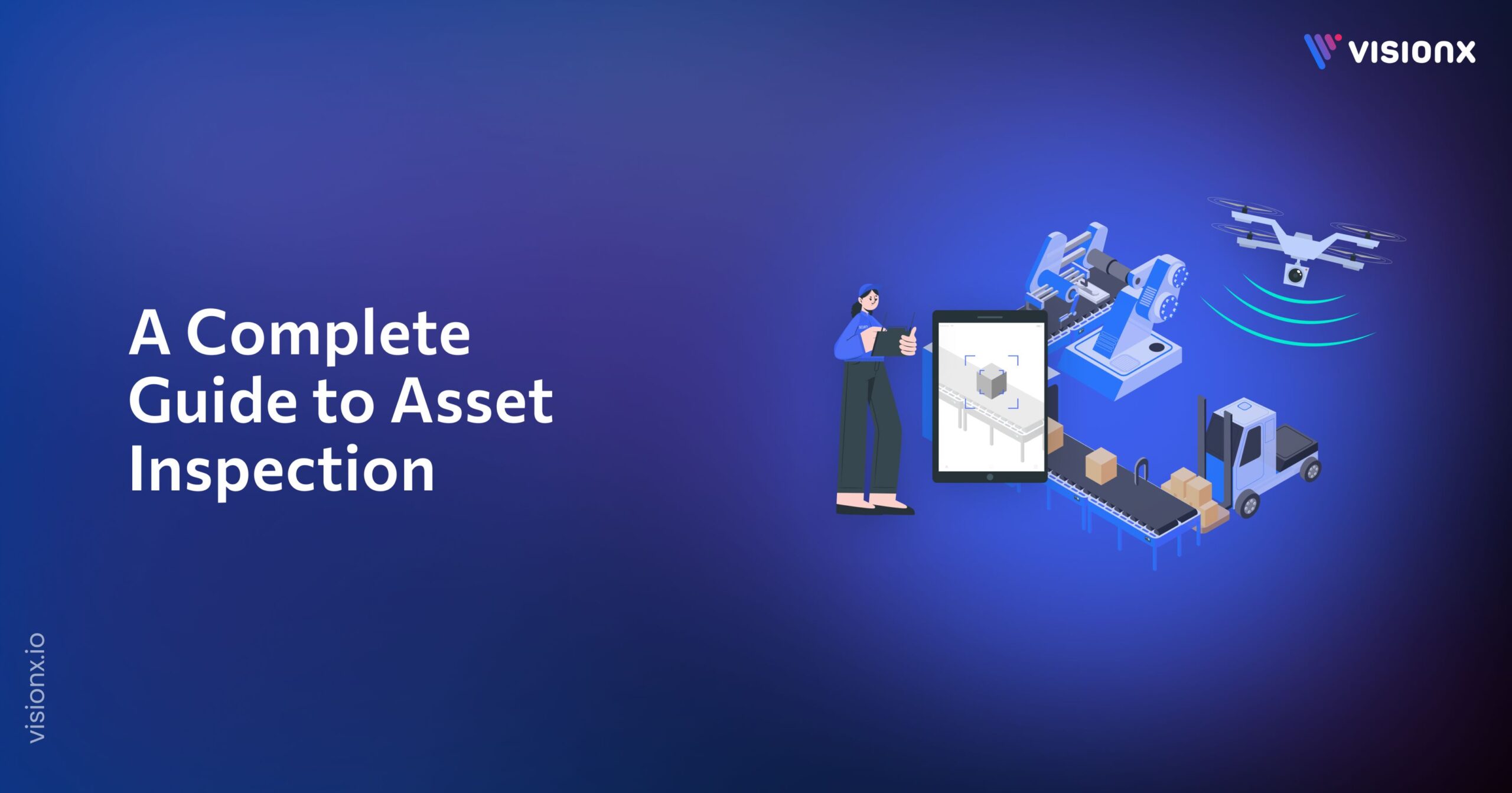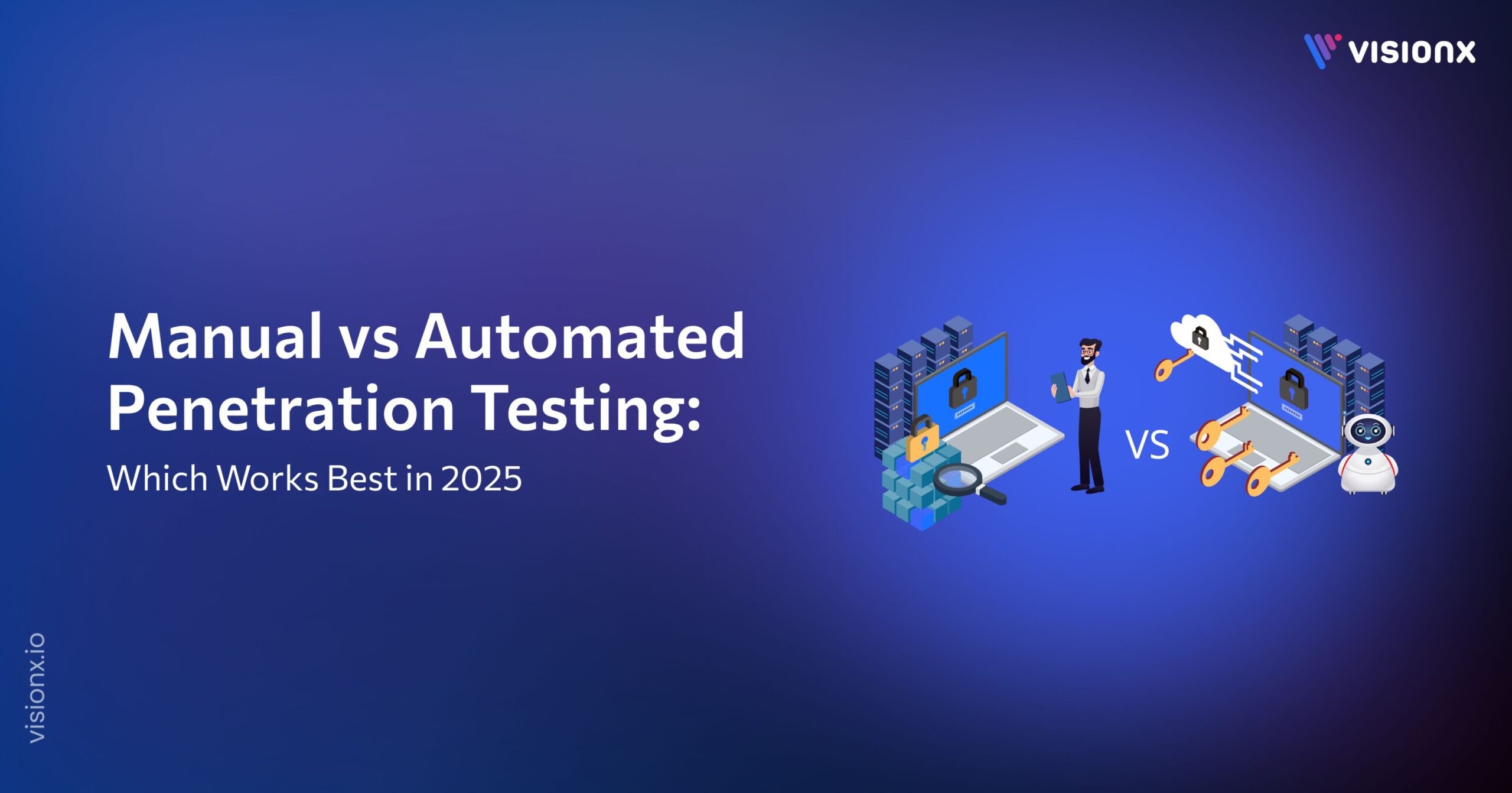That critical piece of equipment in your field or factory will break down one day. The real question is whether or not it will be a surprise.
For a long time, the answer was almost always yes. Teams depended on manual site inspections and paper forms. And the information they gathered was usually outdated before it reached a decision-maker. This created a cycle of reactive repairs that strained budgets and made it hard to reduce costs. According to McKinsey, companies that use digital maintenance and reliability systems can reduce costs by 15 to 30 %.
Modern asset inspection solutions now enable real-time condition reports, and teams can use mobile devices to log issues on the spot. Additionally, aerial asset inspection technology can safely collect precise data for assets located in large or hard-to-reach areas. You will have a well-defined strategy to create a reliable asset inspection process by the end of this post.
What is Asset Inspection?
Asset inspection reviews the physical state of assets to manage their full life cycle in a controlled way. It covers structures, machines, and infrastructure to detect issues, record conditions, and plan maintenance with accuracy. New methods now use AI and drones to collect data quickly, safely, and with greater precision.
Across industries, asset management inspection software supports different goals:
- In manufacturing, it tracks the wear and performance of key machines.
- In the utility industry, utility asset inspection ensures stable power lines, towers, and pipelines.
- In construction, it confirms that materials and equipment meet quality standards.
During an inspection, you typically check four main areas:
- The physical condition for wear or damage.
- Whether it’s working correctly.
- If it meets safety rules.
- What maintenance will it need soon?
Today’s operations have moved away from solely manual asset inspections. Digital inspection tools, drones, IoT sensors, and AI-driven platforms combined enable real-time monitoring of your assets and predictive modeling of future states and outcomes. This led to better efficiency, less downtime, and better decision-making across the industry.
Why Asset Inspection Matters for Every Organization?
For any organization that relies on physical equipment or infrastructure, regular asset inspection is absolutely essential. Here’s why.
Data-Driven Decision Foundation
Recall your most recent big-budget meeting. In that meeting, were the decisions generally fact-based, rational, or were they more based on human judgment, intuition, and estimation instead? Asset management inspection software gives visibility into issues before they escalate.
- It provides the factual basis for strategic asset management decisions and budget allocation.
- The asset inspection report serves as the definitive record for capital planning and infrastructure strategy.
Organizational Truth Source
How well do you really know your assets? Many organizations struggle with this.
- Systematic inspection processes, managed through asset inspection management software, create a precise inventory of asset location and condition.
- This centralized record establishes accountability and enables accurate corporate valuation and planning.
Physical-to-Digital Bridge
Finally, modern inspections are the critical link between your physical operations and your digital future.
- Digital asset inspection solutions, including aerial asset inspections and autonomous drone inspections, convert physical conditions into helpful information.
- This digital foundation enables the change from traditional maintenance to predictive asset management through technologies like digital twins.
Growing Role of Digital Inspections
The global asset integrity management market is projected to grow from USD 25.28 billion in 2025 to USD 38.31 billion by 2032. This growth reflects a significant change in industry priorities.
- Digital asset inspection tools, particularly aerial asset inspections, are transforming physical conditions into useful data.
- This digital background is essential for maintaining competitiveness and enabling predictive asset management.
Various Methods of Asset Inspection
To ensure asset reliability and compliance, nowadays companies resort to a variety of inspection techniques. The selection of the appropriate method is determined by the asset type, its geographical position, and the degree of detail needed.
1. Physical Inspection
The physical inspections are performed through an on-location assessment of the plant, equipment, and buildings to discover signs of wear like corrosion, cracks, or any other damage that is visible. Though these inspections take so much time, they still manage to give reliable and direct information that is the basis of good asset inspections.
2. Visual Inspection
Visual inspection is all about locating problems that are visible only on the surface through either images, videos, or direct observation. It’s often enhanced through automated visual inspection, which uses AI-driven tools to detect defects more accurately. Visual asset inspection software lets teams document their findings, monitor the process of deterioration, and have a uniform inspection history.
- Remote Inspection: Inspectors can evaluate assets in dangerous or hard-to-reach places by means of cameras, drones, and digital asset inspection platforms. This method not only increases safety but also saves travel costs and allows for real-time visibility without the need for physical presence.
3. Drone-Based Inspection
Organizations have been able to change their ways of monitoring high-risk or difficult structures with the help of drone asset inspection. By incorporating aerial and autonomous drone inspections, teams can capture detailed visual and thermal inspection information at a low cost, saving time and minimizing human risk.
4. Non-Destructive Testing (NDT)
NDT uses ultrasonic, magnetic, or infrared methods to evaluate internal conditions without damaging assets. It plays a critical role in asset integrity inspection, especially in energy, manufacturing, and the oil and gas industry.
5. Automated and Digital Inspection
The use of automation for asset inspection today incorporates IoT sensors, artificial intelligence, and analytics to enable a continuous check on asset health. In conjunction with asset management inspection software, it guarantees timely issue discovery and better data-driven maintenance decisions.
6. Field Inspections
While digital tools have advanced, field inspection remains valuable for confirming data and performing specialized assessments. Many field inspection companies now blend manual expertise with technology to maintain high-quality standards and comprehensive inspection coverage.
Key Benefits of a Structured Asset Inspection Program
These are the key benefits of asset inspection that organizations can expect.
Enhanced Operational Reliability
A strong asset inspection program finds problems before they cause failures. This prevents unexpected downtime and helps your equipment last longer. Your operations continue without any interruption.
Significant Cost Reduction
Addressing minor issues early costs less than major repairs. This approach helps you reduce costs consistently, and the data from inspections supports better budget planning. Methods like drone asset inspection offer a cost-effective way to handle these checks.
Improved Safety and Compliance
Regular checks lower safety risks and prevent serious failures. Good asset management inspection software maintains proper records for compliance. This proves you meet standards at all asset locations.
Efficient Asset Management
An organized system makes maintenance more effective. Standard procedures prevent missed steps and wasted effort. Integrating AI in asset management enhances visibility and decision-making, while visual asset inspection software gives full visibility into asset conditions across all sites.
Data-Driven Decision Making
Inspections provide reliable information for your asset management strategy. These asset inspection solutions enable informed planning and investment decisions. You can move forward with confidence based on solid evidence.
How to Conduct an Asset Inspection: A 4-Step Process
Practice these four steps to carry out your asset inspection with perfection and to promote a standard procedure among your team.
1. Plan and Prepare
First, confirm which assets require inspection and what aspects to inspect. Opt for the most suitable asset inspection solutions tailored to your needs. Bring your checklist, camera, and any measuring devices. Being prepared makes inspections more efficient.
2. Perform the Physical Inspection
Visit each asset location and examine it closely. Look for wear, damage, or anything unusual. Rely on your checklist to maintain your order. For the difficult zones, think about asset inspection using drones to reach inaccessible areas. Capture and write down precisely what you have discovered.
3. Document and Report
Record all findings in your system. Many teams use visual asset inspection software for this step. The software helps create clear reports that show what needs repair. This approach supports better asset management decisions.
4. Review and Act
Analyze the results with your team. Choose what needs to be fixed right away and what to plan for later. Then schedule the needed work. This completes the cycle and ensures your asset management inspection software delivers real value.
What to Include in a Powerful Asset Inspection Checklist
A powerful checklist provides distinct guidance to your team. There is no uncertainty left regarding what to verify. Ensure that your asset inspection checklist touches upon these critical points:
- Asset Identification: Record the asset ID, name, and specific location. Include the model and serial number for complete tracking.
- Inspection Details: Record the name of the inspector, date, and time of check. State the nature of the inspection done.
- Visual Inspection Points: Look for evident signs of wear or damage. Inspect for rust, leakage, smashing, or very dirt.
- Operational Checks: Ensure the asset works in the same manner as it should. Give attention to pressure, temperature, voltage, and listen for sounds or sensations that are different.
- Safety Features: Check that the safety measures are operating. Ensure that guards are in place, emergency stops work, and warning signs are visible.
- Condition Scoring: Implement a straightforward rating system. A scale of 1-5 or a method with colors works properly for uniform evaluation.
- Findings and Notes: Leave space for detailed observations. Your team should record what they see and attach photos as proof.
- Digital Signature: The inspector must sign off on the report. This creates accountability for the work completed.
Choosing the Right Asset Inspection Software: 7 Key Features to Consider
Choosing the best asset inspection solutions is a vital choice for your processes. Good equipment will enhance your labor force and the reliability of your data. Concentrate on these seven main characteristics to spot a platform that suits your asset management plan.
1. Customizable Checklists
Your assets and operational needs are unique. The asset management inspection software must allow you to build and modify digital checklists. This ensures the system adapts to your specific processes at all asset locations, not the other way around.
2. Offline Mobile Access
Your crew frequently carries out site inspections in places where the internet is either very weak or nonexistent. Therefore, a strong mobile application has to function offline. After that, the app will automatically sync all the stored data as soon as the connection is reestablished. This way, no data will be lost, and your work process will be smooth.
3. Photo and Document Attachment
Visual evidence is crucial for accurate assessments. True visual asset inspection software will allow you to attach multiple photos, videos, and documents directly to each inspection finding. This creates an undeniable record of an asset’s condition.
4. Automated Reporting
Manual report writing consumes valuable time. The right system will automatically generate detailed reports from the field data. This asset inspection automation feature helps you reduce costs by freeing up your team for more important tasks.
5. Condition Scoring and Alerts
The asset management inspection software should include a system for rating asset health, like a color-coded scale. More importantly, it must automatically generate alerts for any critical issues found. This ensures serious problems get immediate attention from your maintenance crew.
6. Integration Capabilities
Your inspection data should not live in isolation. The platform must connect seamlessly with your other asset management inspection software, such as CMMS or ERP systems. This integration creates a single, reliable source of information for your entire operation.
7. User Access Controls
Security and organization are non-negotiable. The software must let you set permission levels for different team members. This control keeps your asset inspection data secure and ensures accountability for all work performed.
Automate and Optimize Inspections with VisionX AI Solutions
VisionX is an enterprise AI solution provider that redefines the process of asset inspections. Our computer vision technology processes images and videos to automatically spot defects, damages, and compliance problems. This practice minimizes human errors and guarantees uniform quality in all your sites.
Custom Gen AI models are developed by us according to your particular needs for inspections, whether it be corrosion detection or building monitoring. The platform is incorporated into your current operations and offers immediate data to assist you in cutting down costs through proactive maintenance.
See how VisionX can optimize your inspection program. Contact us to discuss your specific requirements.
FAQs
What is asset reliability inspection?
Asset reliability inspections are centered around forecasting and averting breakdowns in machines. The main objective is to keep the production process going smoothly and not have any unplanned stoppages.
What do asset inspectors do?
Asset inspectors check the condition of physical equipment and property. They look for damage, wear, or safety issues and report their findings.
What does a field inspector do?
A field inspector travels to asset locations to perform physical examinations. They collect data, take photos, and document the current state of assets for further analysis.
What are the 4 types of inspection?
The main types are routine, periodic, special, and acceptance inspections. Each serves a different purpose in the maintenance cycle.
What is the biggest red flag in a home inspection?
Severe structural damage is a matter of great concern, including major foundation cracks or frame misalignments that might jeopardize building safety.


